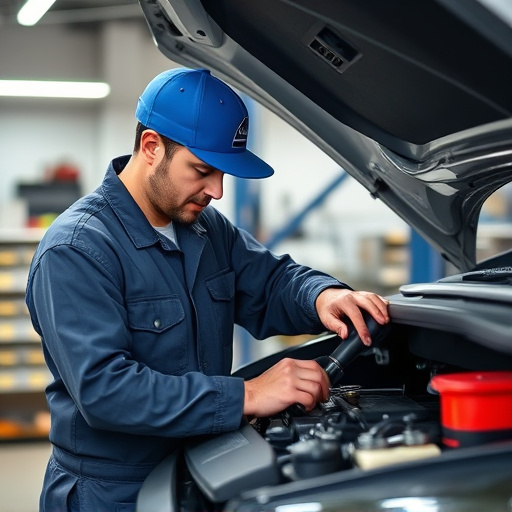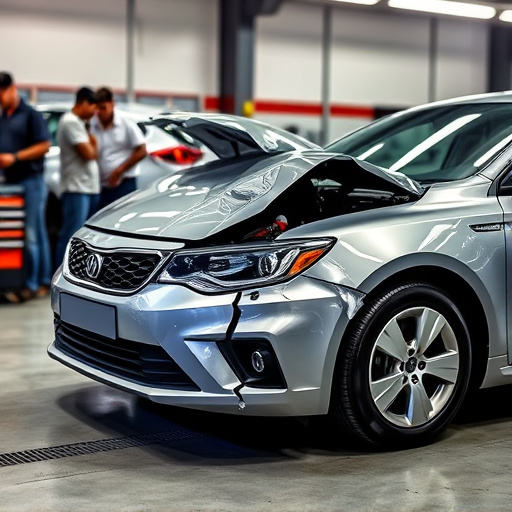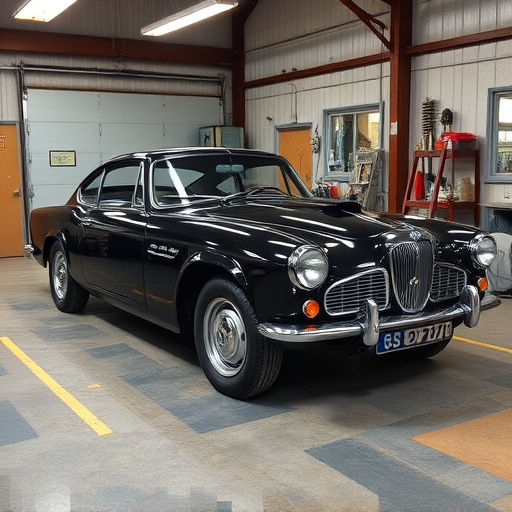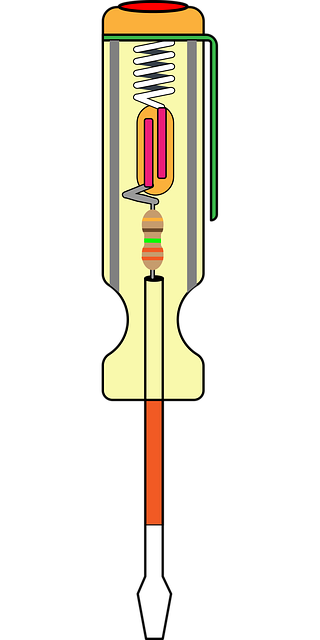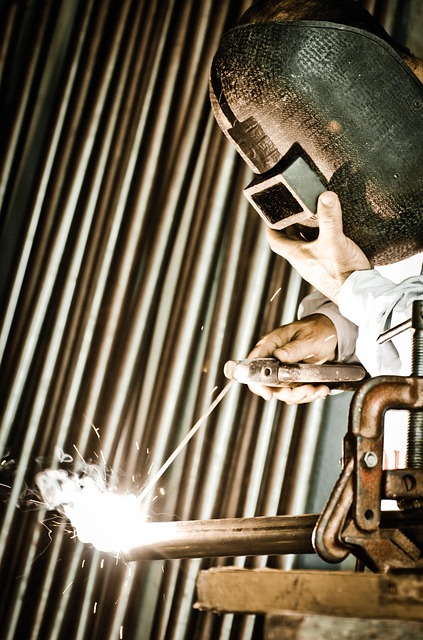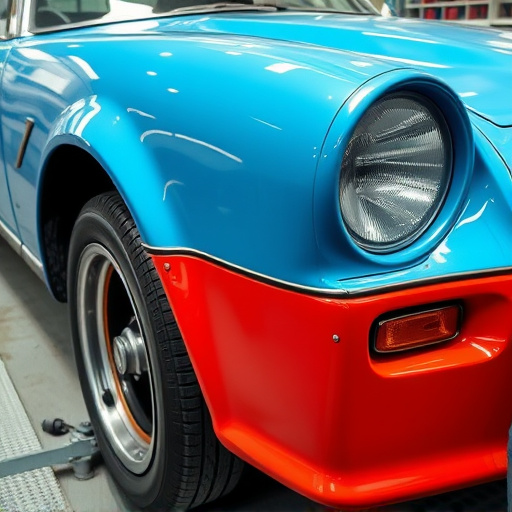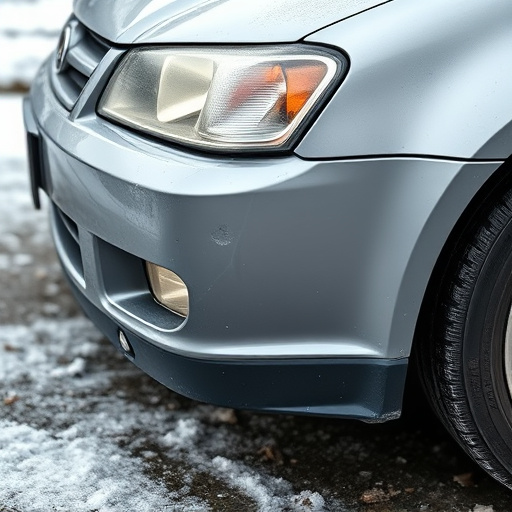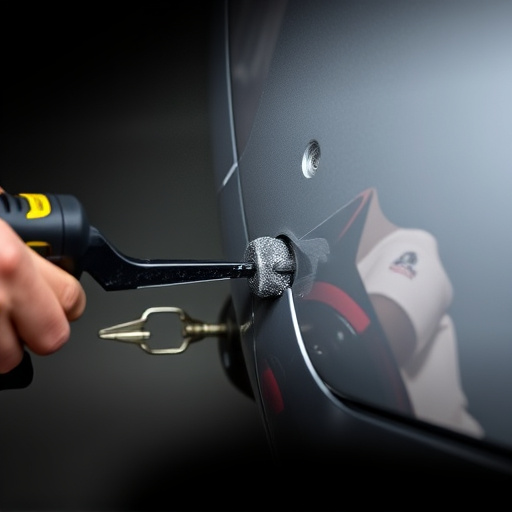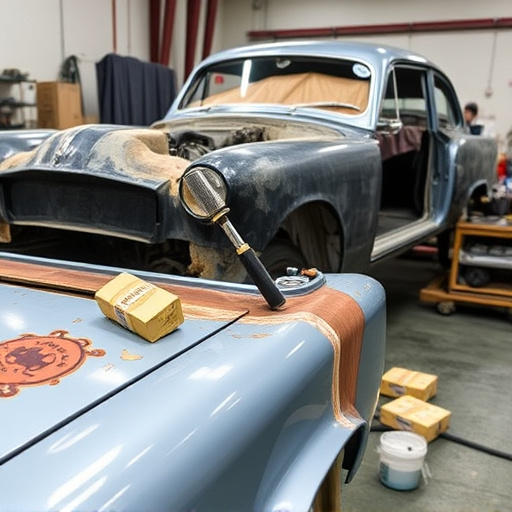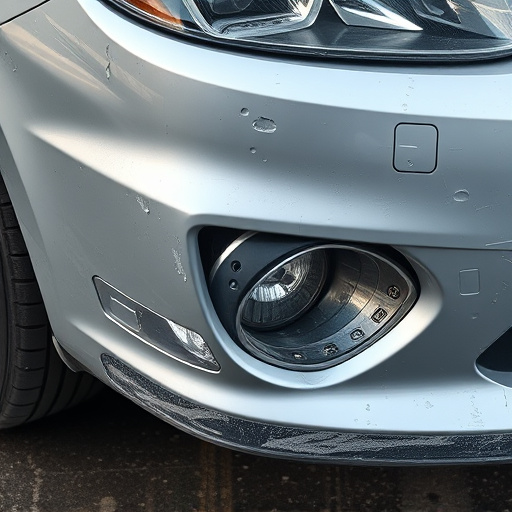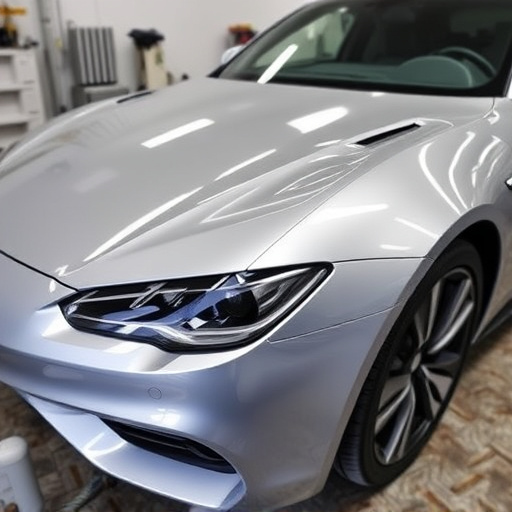Adhering to Tesla factory specifications for cooling system replacements is crucial for vehicle performance and reliability. This involves accurate interpretation of material compatibility, dimensional tolerances, and sealing requirements, sourcing genuine parts, using correct tools, and following meticulous installation practices to prevent leaks and maintain system efficiency. Even seemingly unrelated tasks like paintless dent repair benefit from this detailed knowledge.
Looking to replace your Tesla’s cooling system? Understand the vehicle’s unique requirements first. This guide delves into the essential Tesla factory specifications for a successful and efficient cooling system replacement. From understanding the standard components to optimizing post-installation performance, we provide a comprehensive step-by-step process. Discover key considerations to ensure your Tesla maintains optimal temperatures, enhancing both performance and longevity.
- Understanding Tesla Factory Cooling System Standards
- Steps for Efficient Replacement: A Comprehensive Guide
- Key Considerations for Optimizing Post-Replacement Performance
Understanding Tesla Factory Cooling System Standards

When it comes to understanding Tesla factory specifications for cooling system replacements, it’s crucial to grasp the standards set by the manufacturer. Tesla is renowned for its innovative and high-performance vehicles, and their cooling systems are no exception. The company has specific guidelines for parts and installation methods, ensuring optimal performance and reliability. These standards are designed to maintain the efficiency of the vehicle’s overall thermal management system.
For any cooling system replacement, whether it involves the radiator, intercooler, or other components, adhering to Tesla factory specifications is paramount. An automotive body shop performing such repairs should be equipped with the knowledge and resources to accurately interpret these specifications. This includes understanding material compatibility, dimensional tolerances, and sealing requirements. Even tasks seemingly unrelated to a fender repair, like paintless dent repair techniques, can benefit from this detailed understanding of Tesla’s factory standards, ensuring that all aspects of the vehicle’s performance remain intact.
Steps for Efficient Replacement: A Comprehensive Guide

When it comes to replacing your Tesla’s cooling system, adhering to Tesla factory specifications is paramount for ensuring optimal performance and longevity. Start by consulting the vehicle’s service manual, which outlines the exact parts and procedures recommended by Tesla. This guide will walk you through a systematic approach.
First, assess the current state of your cooling system. Identify any leaks or damage, especially in the radiator, condenser, and evaporator coils. Then, source genuine replacement parts that match Tesla’s factory standards. For instance, opt for high-quality refrigerants and components to avoid compromising the vehicle’s environmental performance. Next, gather the necessary tools, including a vacuum pump for safe removal of old refrigerant. Finally, follow the step-by-step instructions meticulously, ensuring proper connections and sealing to prevent future issues, much like how car dent removal professionals approach their work with precision.
Key Considerations for Optimizing Post-Replacement Performance

When optimizing performance after a cooling system replacement, several key considerations come into play, adhering to Tesla factory specifications is paramount. The precision and integrity of the installation process are crucial; any deviation from the manufacturer’s guidelines could impact overall system efficiency. Ensuring proper alignment and sealing is vital to prevent leaks, as even minor ones can significantly affect vehicle performance and sustainability.
Additionally, utilizing advanced techniques like paintless dent repair for any necessary adjustments guarantees a seamless finish, both aesthetically and functionally. This approach aligns with modern collision repair centers’ focus on precision and minimal disruption to the vehicle’s original state. By combining meticulous installation practices and innovative repair methods, post-replacement performance can be optimized, ensuring your Tesla remains in top condition.
When replacing your Tesla’s cooling system, adhering to original equipment manufacturer (OEM) standards set by Tesla factory specifications is paramount. By following a comprehensive guide that outlines efficient replacement steps and considering key optimization factors, you can ensure your vehicle maintains peak performance and energy efficiency. This ensures not only a reliable cooling system but also aligns with the high standards set by Tesla’s manufacturing processes.
